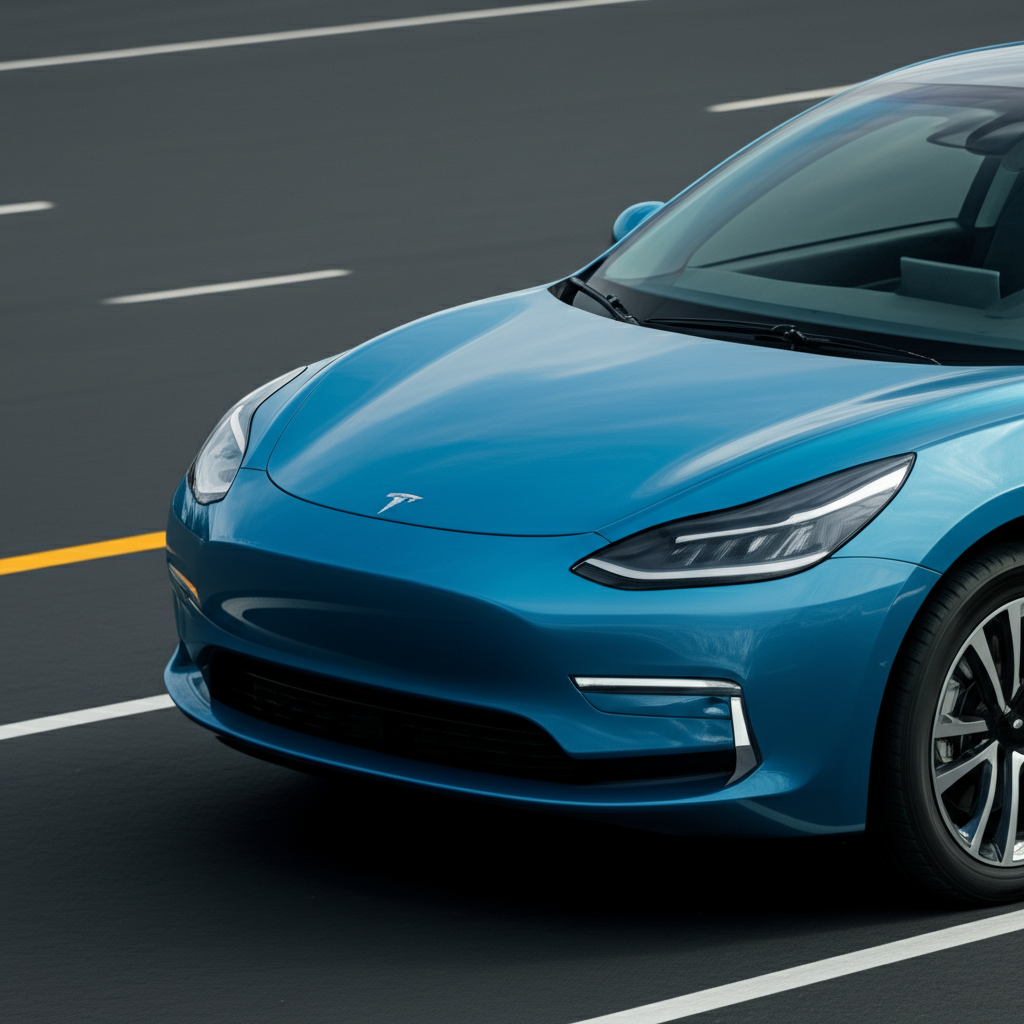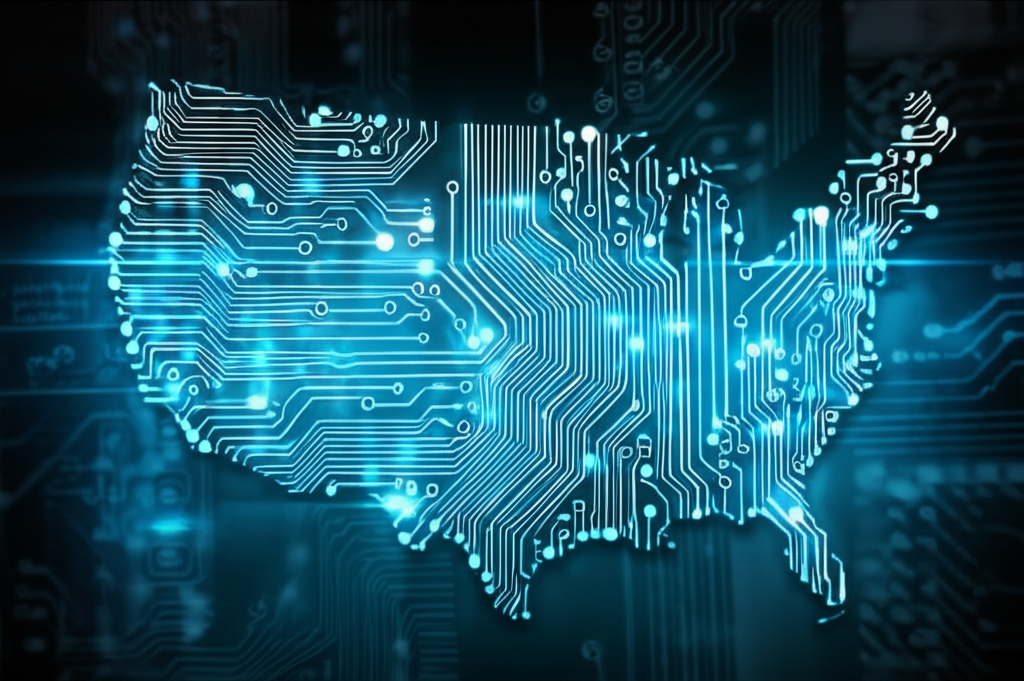Electric Vehicle Future: Addressing the Challenges of 100% EV Adoption
The auto industry is changing. Automakers are investing heavily in electric vehicles (EVs). Many predict a future where all cars are electric. However, several challenges stand in the way of 100% EV adoption in the United States.
Infrastructure Limitations
One major issue is the lack of charging infrastructure. Currently, there are not enough charging stations to support a fully electric fleet. More stations are needed, especially in rural areas and apartment complexes. Expanding the charging network requires significant investment and time. Faster charging technology is also crucial. Consumers want to charge their EVs quickly and conveniently.
Cost Concerns
The cost of EVs is another barrier. While prices are decreasing, EVs are still generally more expensive than gasoline-powered cars. Government incentives, such as tax credits, can help offset this cost. However, many consumers are still hesitant to pay the higher upfront price. The long-term cost of ownership, including lower fuel and maintenance costs, needs to be better communicated to potential buyers.
Consumer Acceptance and Range Anxiety
Consumer acceptance is also important. Some drivers worry about the limited range of EVs. This is often called “range anxiety.” Although EV range has improved, many people are still concerned about running out of battery on long trips. Education about EV capabilities and charging options can help ease these concerns. A wider variety of EV models, including trucks and SUVs, is also needed to appeal to a broader range of consumers.
Battery Technology and Supply Chains
Advancements in battery technology are essential. Batteries need to be more energy-dense, cheaper, and more durable. Securing a reliable supply chain for battery materials is also critical. The U.S. needs to reduce its reliance on foreign sources for these materials. Investing in domestic battery production is crucial for long-term EV success.
Grid Capacity and Reliability
A 100% EV fleet will place a significant strain on the electric grid. Upgrading the grid is necessary to handle the increased demand. Smart charging solutions can help manage the load and prevent blackouts. Encouraging off-peak charging can also reduce the strain on the grid during peak hours. Moreover, the grid needs to be reliable so that consumers can always rely on their EVs.
The Path Forward
Overcoming these challenges requires a coordinated effort from automakers, governments, and consumers. Increased investment in infrastructure, continued technological advancements, and effective communication are all necessary. While the transition to 100% EV adoption will not be easy, it is a goal worth pursuing for a cleaner and more sustainable future. In addition, the future may be autonomous, which may affect the adoption as well.
Source: autonews.com




